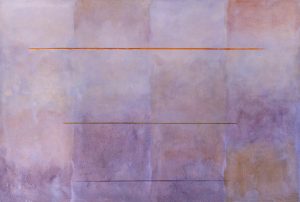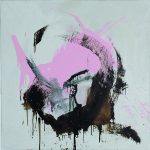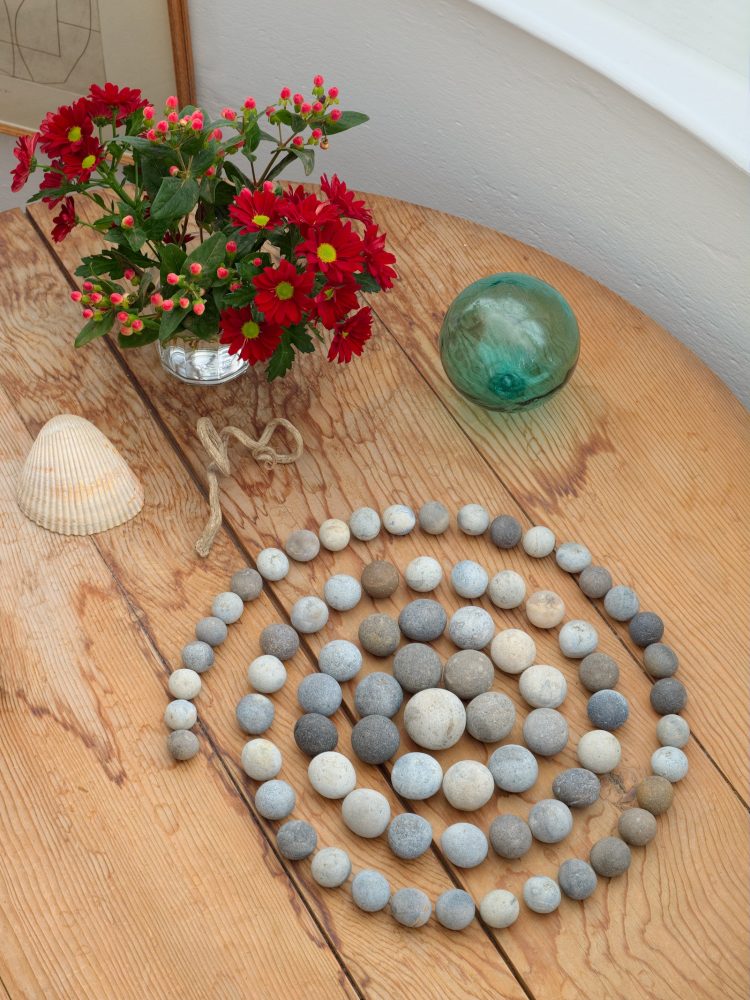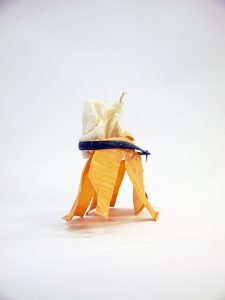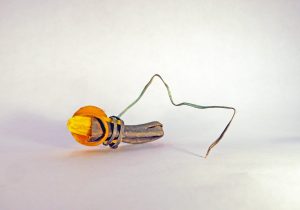Jessica Rayner and Gina Glover
An exhibition of photography and visual art investigating the impact of energy on the landscape
5 July – 28 September 2018
Exhibition Preview, Thursday 5 July 2018 from 6 -8 pm
The exhibition extends over all four floors of the Alison Richard Building.
The exhibition shares its title with an accompanying book. Metabolism refers to the physiochemical process that underpins all life. Just as a metabolic disease refers to an energy-sourced disorder of the body, so too the planet is revealing signs of metabolic distress. The cause is the massive change in energy use by society. What is called the Energy Transition – the shift from a low to high-energy use society – has been seen as enormously beneficial (food production, transport, heating, etc.) but our increasing use of energy, particularly fossil energy, is now identified as a cause of climate change and ecosystem harm.
This exhibition attempts to engage with the dynamics of the world about us by addressing energy in the landscape, energy extraction, energy transmission, energy ‘substances’ – coal, oil, minerals, gas, and the sun, the source of most of our energy.
Gina Glover’s photographs exploit atmospheric and ambient light conditions to construct images, which draw attention to the place of energy and changes in the landscape. Her project builds upon visits to coal mines in the Arctic and geothermal energy plants in Iceland, where the heat from volcanoes is used to generate electricity. Realising how both nature and human history had irrevocably changed by energy her recent work includes nuclear reactors in France, hydroelectric power stations in Wales, opencast coal mines in Germany, oil wells and hydraulic fracturing sites in the USA and glacier loss in Greenland.
In contrast, Jessica Rayner examines the energy of ‘things’ within the landscape. She uses a range of media, including photography, video, printmaking and three-dimensional sculpture to explore the idea of energy through objects, materials, substances and processes. She describes objects and processes as ‘affordances’, because they offer value to us. Delving into the histories of these objects, she offers up their stories of origination, discovery and scientific analysis. In constructing these artworks she provides a further ‘story’, the question of whether an artwork can express within it the artist’s own sense of knowledge and perception of an object.
Read our Q&A blog with the artists about the exhibition here: http://www.crassh.cam.ac.uk/blog/post/qa-the-metabolic-landscape

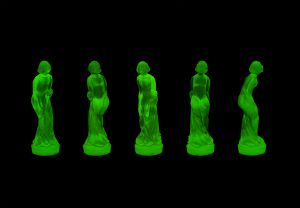


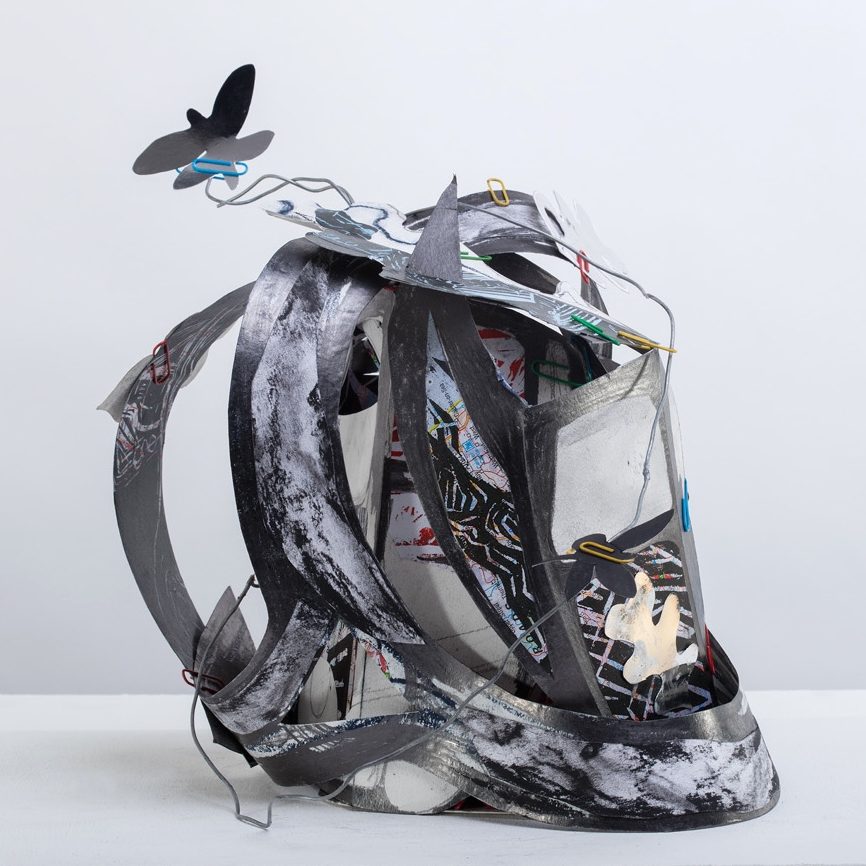
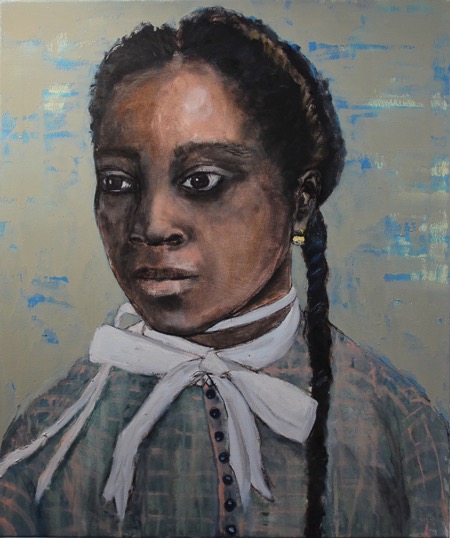

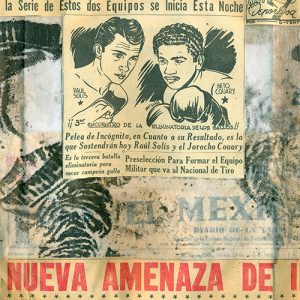
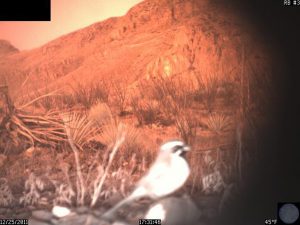
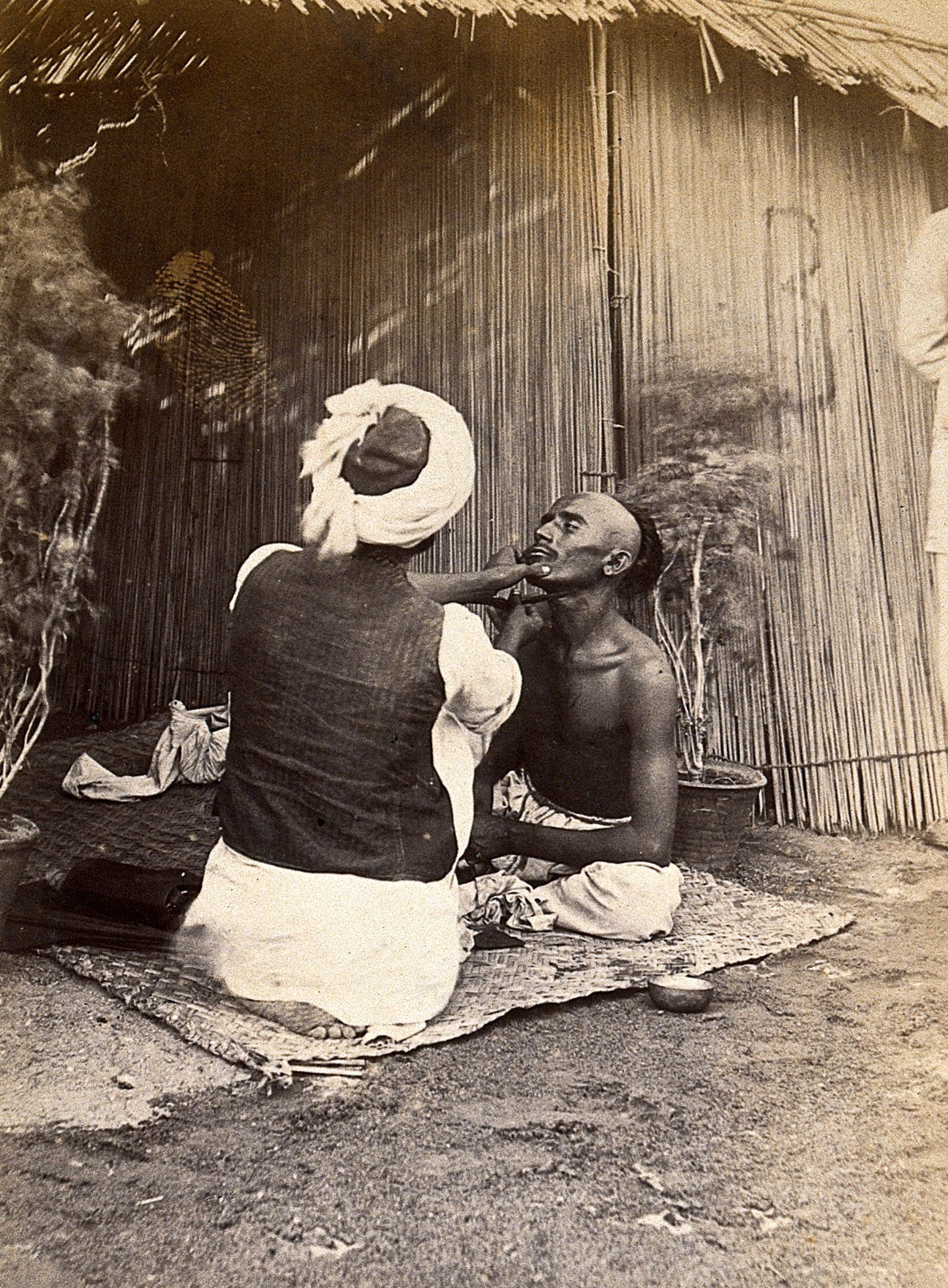 The third pandemic of plague (in its bubonic and pneumonic clinical forms) struck the globe with devastating results between 1894 and 1959. It was the first time that plague would reach and establish itself in all inhabited continents. It was also the first time that any epidemic would be photographed. As plague spread from harbour to harbour, and amongst cities, towns and villages, so did photographs of the pandemic through reproductions in the daily and illustrated press. The exhibition Visions of Plague showcases for the first time this founding moment in epidemic photography. Showing photographs collected and digitized from across the world by the ERC-funded project Visual Representations of the Third Plague Pandemic, the exhibition takes us from the frozen steppes of Manchuria to San Francisco, Brazil, India and Madagascar, where epidemics of plague challenged colonial and national forms of government, reshaped the urban environment and generated new ways of understanding infectious diseases.
The third pandemic of plague (in its bubonic and pneumonic clinical forms) struck the globe with devastating results between 1894 and 1959. It was the first time that plague would reach and establish itself in all inhabited continents. It was also the first time that any epidemic would be photographed. As plague spread from harbour to harbour, and amongst cities, towns and villages, so did photographs of the pandemic through reproductions in the daily and illustrated press. The exhibition Visions of Plague showcases for the first time this founding moment in epidemic photography. Showing photographs collected and digitized from across the world by the ERC-funded project Visual Representations of the Third Plague Pandemic, the exhibition takes us from the frozen steppes of Manchuria to San Francisco, Brazil, India and Madagascar, where epidemics of plague challenged colonial and national forms of government, reshaped the urban environment and generated new ways of understanding infectious diseases.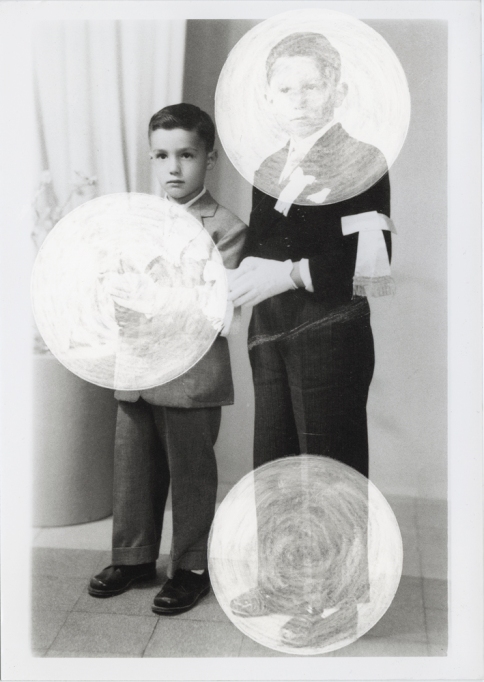
 The definition of ‘Art’ has exercised philosophers, artists, and art-lovers for centuries, yet we are no nearer a consensus of what in fact it is. The one term not found in most dictionaries of art is the term ‘Art’ itself.
The definition of ‘Art’ has exercised philosophers, artists, and art-lovers for centuries, yet we are no nearer a consensus of what in fact it is. The one term not found in most dictionaries of art is the term ‘Art’ itself.
